
All categories
Featured selections
Trade Assurance
Buyer Central
Help Center
Get the app
Become a supplier

(2297 products available)
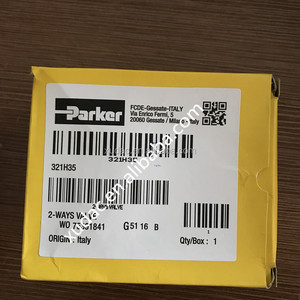
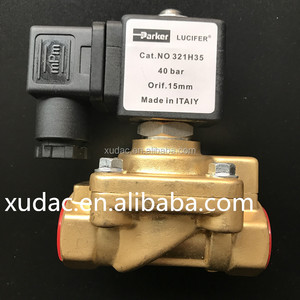




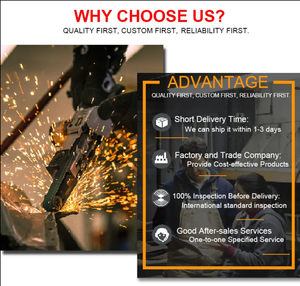



















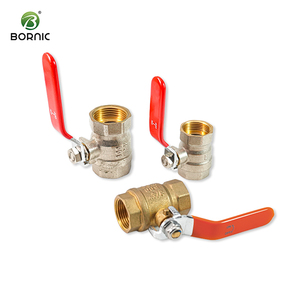
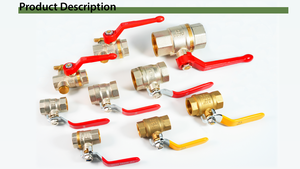




Brass valve moulds come in diverse types, each designated for a specific range of valves, facilitating optimal design and functionality. The most prominent types comprise:
Compression Moulds
These brass valve moldings are primarily used for producing brass valves in bulk. They ensure even trait distribution, particularly useful for complex designs necessitating precision shapes. Exemplifying durability, these moulds are ideal for Brass valve parts producing that undergoes high volumes with relatively uncomplicated designs.
Injection Moulds
Utilized in injecting molten brass into a mould cavity, elucidating high-precision and intricate patterns. This method is exceedingly valuable in Brass radiator fan mold mass production, where uniformity is quintessential. Injection moulds are commonly applied in valves requiring intricate details and fine finish.
Die Casting Moulds
Known for their speed and efficiency, these Brass car radiator valves maintain robustness. Die casting is another process greatly suited for high-volume brass valve production whilst sustaining strong material integrity. Complicated designs that help Quality Brass Car Radiator Valves perform efficiently in automobile systems are feasible due to this technique.
Sand Casting Moulds
These moulds are designed for flexible, low-cost production, especially suitable for Brass Radiator Valves unique or bespoke designs. Sand casting stands out in prototype development and small batch production; it caters effectively to fragmented brass valve demands that require agility and adaptability.
In choosing the right mould for crafting brass valves, several important factors come into play. Business buyers are advised to consider the following specifications:
Valve Type
Buyers should first ascertain the ideal brass valve that suits their requirements. Different valves require moulds of distinct types. For instance, compression moulds are mostly suitable for simple valves in bulk production, while injection or die-casting moulds are more ideal for complex valves that require high precision.
Production Volume
Production volume aims to make the right choice because, usually, high production volumes demand more robust moulds. Die casting and injection moulds are very popular in this context. However, if not very large, volumes may use sand casting moulds and the easy-to-handle brass valve design that one may want to go for.
Material
Buyers should also ensure that the mould they desire is compatible with the brass material. This is to say that compression brass valve moulds should be built from steel or other durable unconventional materials that would withstand the brass’s pressure. Incompatibility leads to disastrous consequences.
Casting Method
Business owners also need to consider the casting method they prefer. It helps business owners to choose the most suitable brass valve moulds. Depending on the method to use, they would need to choose either a compression mould, an injection mould, or a die casting mould.
Budget
This is also an important factor. Normally, brass radiator valve moulds tend to vary in cost based on the type of mould and the material it is made from. Of great importance to buyers is ensuring that they choose a brass valve mould that meets their business’s financial requirements. Also, they should not just settle for any, as it is important that the mould has the right kind of precision as it helps save on the additional costs that come with making errors during production.
Brass valve moulds hold a pivotal role across numerous industries, facilitating the development of essential valve components. Their significance is served as follows:
Automotive Industry
In this industry, brass valve parts are widely used in the production of precision valves for fuel systems, air conditioning components, and engine control systems. It is brass valve moulds that ensure these important components perform efficiently, and due to their durability, they can easily withstand the different kinds of pressures and temperatures that occur in vehicles. Further, these moulds are also applied in producing brass radiator valve adjustment tool that helps maintain optimal engine temperatures.
Aerospace
Valves used in aerospace operations require the most exact formulations, as well as good quality. Mainly because of this, brass valve moulds are applied in making such valves. These valves are usually used in fuel systems and hydraulic controls and, thus, need components of high accuracy and lightweight. Commonly seen as an aircraft’ future Aerospace brass valve moulds, efficiency and dependability are essential in this highly regulated industry; hence, precision is everything.
Plumbing
Probably the most common and obvious industry that uses brass valve mould , is in plumbing. Valves tailored for water and gas control systems rely on brass components for durability and resistance against corrosion. It is mould that defines the quality of these valve brass valve moulds, which on their own, ensure proper watertight sealing and flow control.
Industrial Machinery
In industrial settings, valves control fluids and gases and help provide safety measures. This is why brass valve moulds play such a major role; they help produce valves that enhance process efficiency and withstand tough working environments. Usually, these valves are commonly used in manufacturing plants, refineries, and chemical processing plants.
Heating, Ventilation, and Air Conditioning (HVAC)
Brass valve moulds help produce the valves used in the heating, ventilation, and air conditioning systems. These Valves where the operational efficiency depends on precision and reliability use brass components to resist corrosion and ensure longevity. These moulds produce the components of a brass valve which contributes to temperature control and system performance.
Here is how the function, features and design of brass valve mould work:
The primary function of metal valve mould is to facilitate the process of producing brass valve parts. These moulds replicate valve designs and establish the shape and structure of the final valve components. Often Used in conjunction with casting techniques like die casting or sand casting, brass is poured into these moulds to fabricate products with intricately designed harmonised. Typically, the brass valve mould used determines the quality, precision, and performance of the valves manufactured. It means that notwithstanding the kind of procedure that is used on the mould, its primary function will remain integrated and intact, which is production.
Brass valve hatch mould designs come with unique distinguishing characteristics that make them appropriate for a given type of brass valve production. Some of the nature’s outlook features include:
Material Composition
Usually, brass valve moulds are made by using steel, hence, which provides high durability and strength. In some other instances, depending on the kind of casting process, the mould may also be produced from aluminum or copper alloys.
Temperature Resistance
As for the substance of the mould, it should be resistant to high temperatures since molten brass is poured during production. This is to say that the brass valve stanley mould should resist thermal deformation to maintain accuracy.
Precision
For any good quality product, precision is critical as far as shape and design go. Normally, ideal valve moulds are designed with such high accuracy that they produce components containing minute details with the needed dimensional tolerance. This is usually important, particularly in the automotive and aerospace industries, where even the tiniest margin of error can lead to dire consequences.
Cavities and cores
Cavities and cores are two vital features that brass valve moulds possess. They affect the flow and direction of the brass that is poured into the mould. Cores are normally incorporated to create internal passages within the valve that may be needed. On the contrary, cavities are structured to outline the external configuration of the valve.
Ejection System
Apparently, after the brass sets, it must be removed from the mould. Conventional brass valve moulds usually employ ejection systems that enable moulded parts to be easily removed without causing harm to the product.
Brass valve mould design is vital in the production phase and involves various parameters. These moulds are designed depending on the type of valve to be produced. Industrial Designer ensure that the design incorporates functional elements like reinforcement of areas that may require extra strength and improvement of flow channels for the proper infusion of brass.
The designs evolve in accordance with the specific needs of the industry. For example, aerospace valves designs are such that there is light but strong material, while plumbing valves are preferably of robust material to deal with high fluid pressure.
A1:Valves that are moulded using brass are applied in the automobile, space, plumbing, industrial, and hvac. All these, required precision and durability component entail brass valve moulds.
A2:Of all, compression, injection, die casting, and sand casting are the most common types of brass valve moulds.
A3:When deciding on brass valve moulds, business owners factor in production volume, type of valve, casting method, and budget, among others. These elements will help them select the right mould that will suit their production needs.
A4:Injection brass radiator valve moulds are known for high precision and are well suited to complex design. They make them ideal for producing quality standard products.
A5:To increase its lifespan, maintain the brass valve mould by cleaning it after use, lubricating parts frequently, and inspecting for wear or damage.